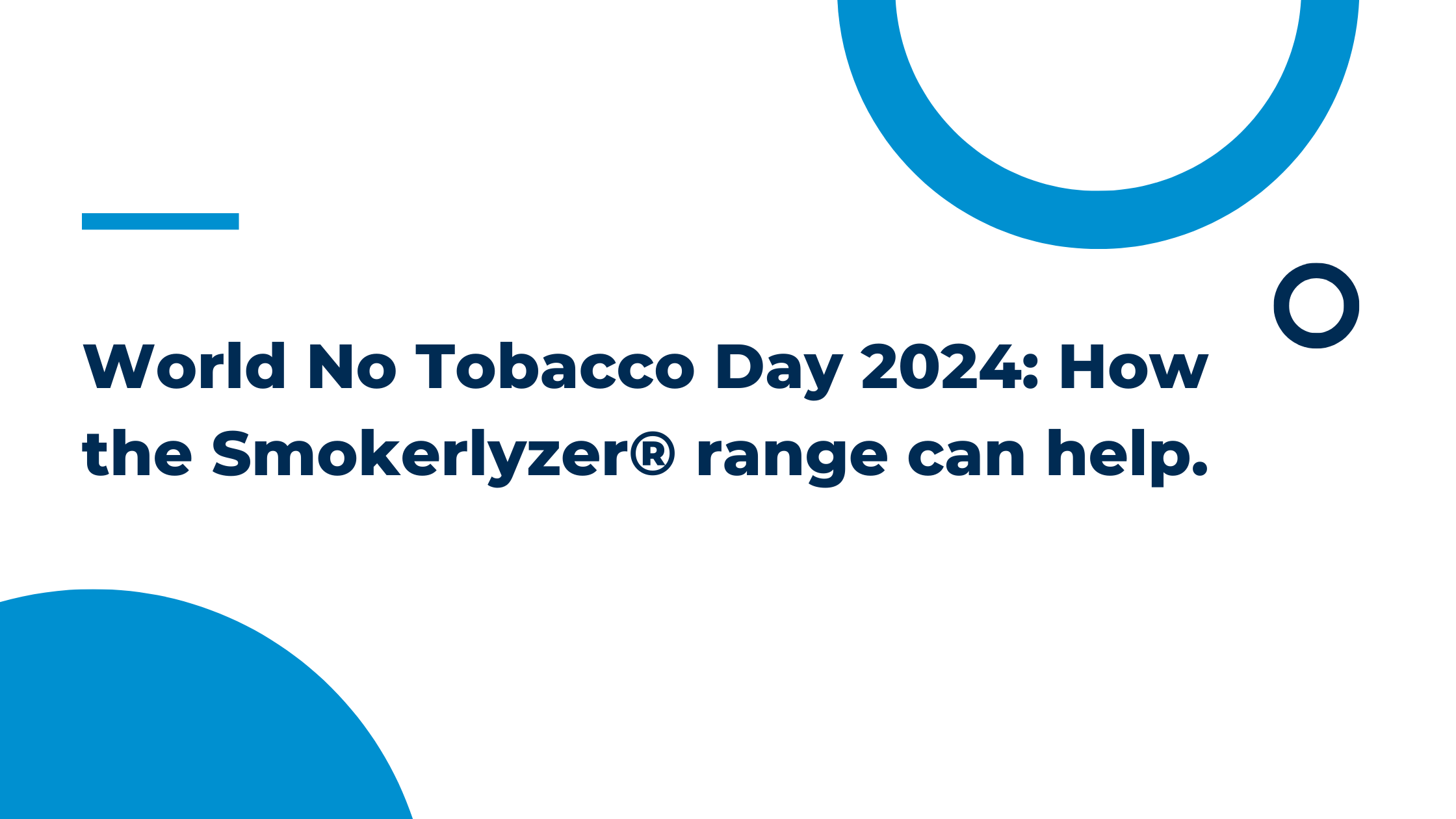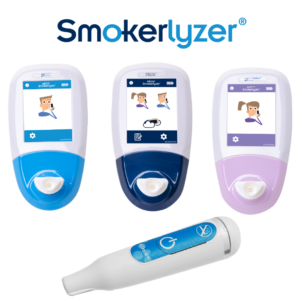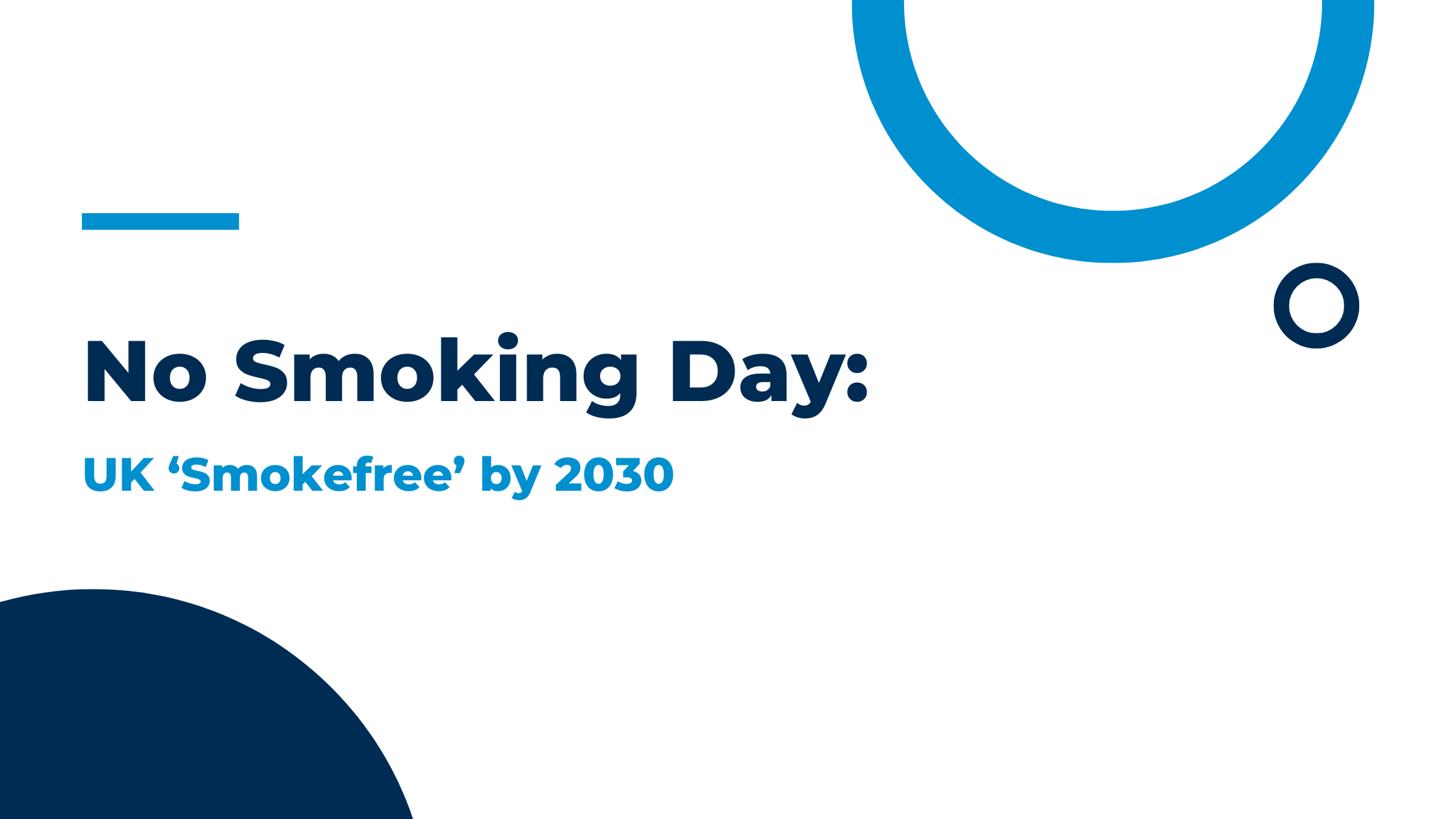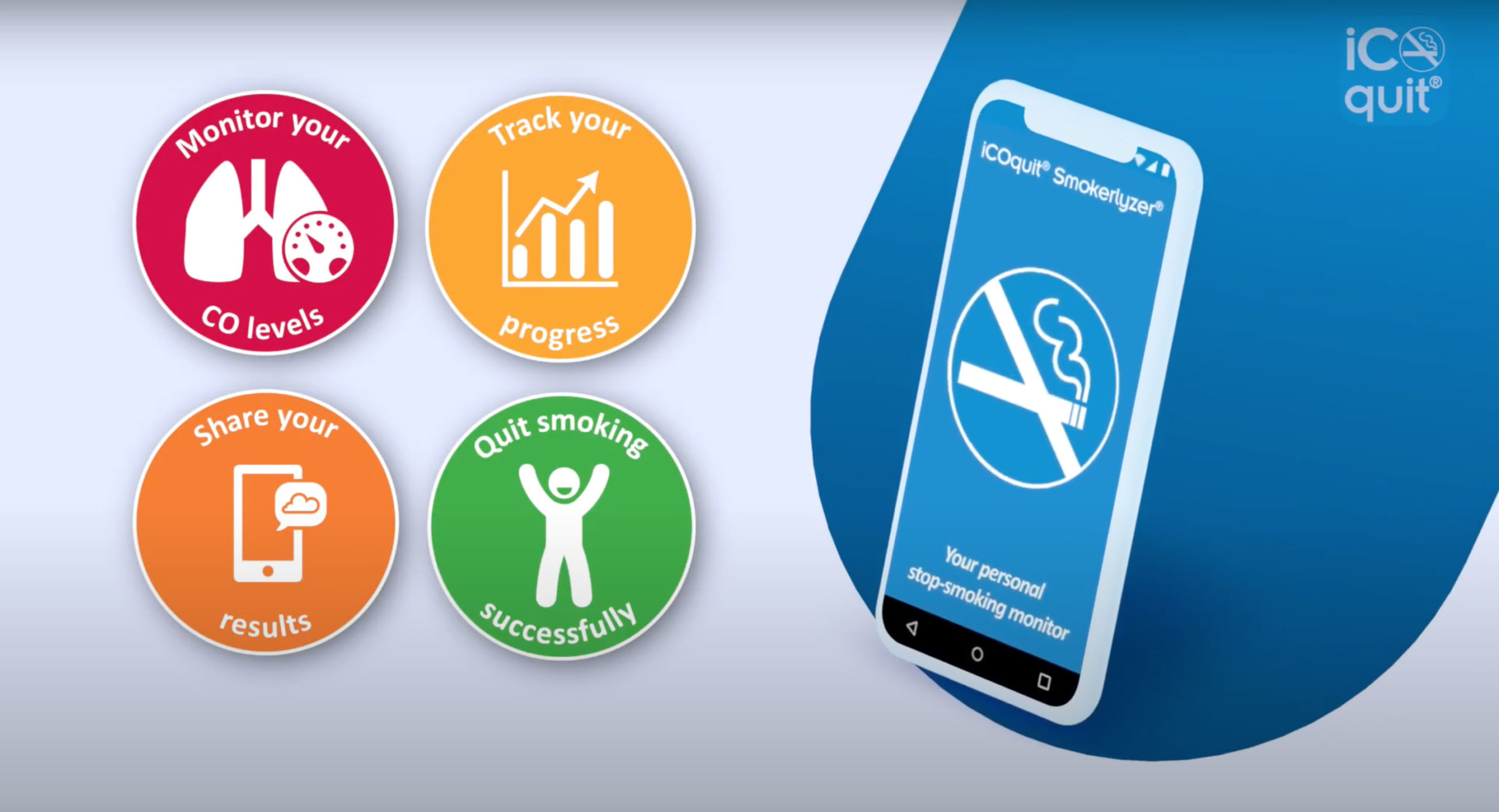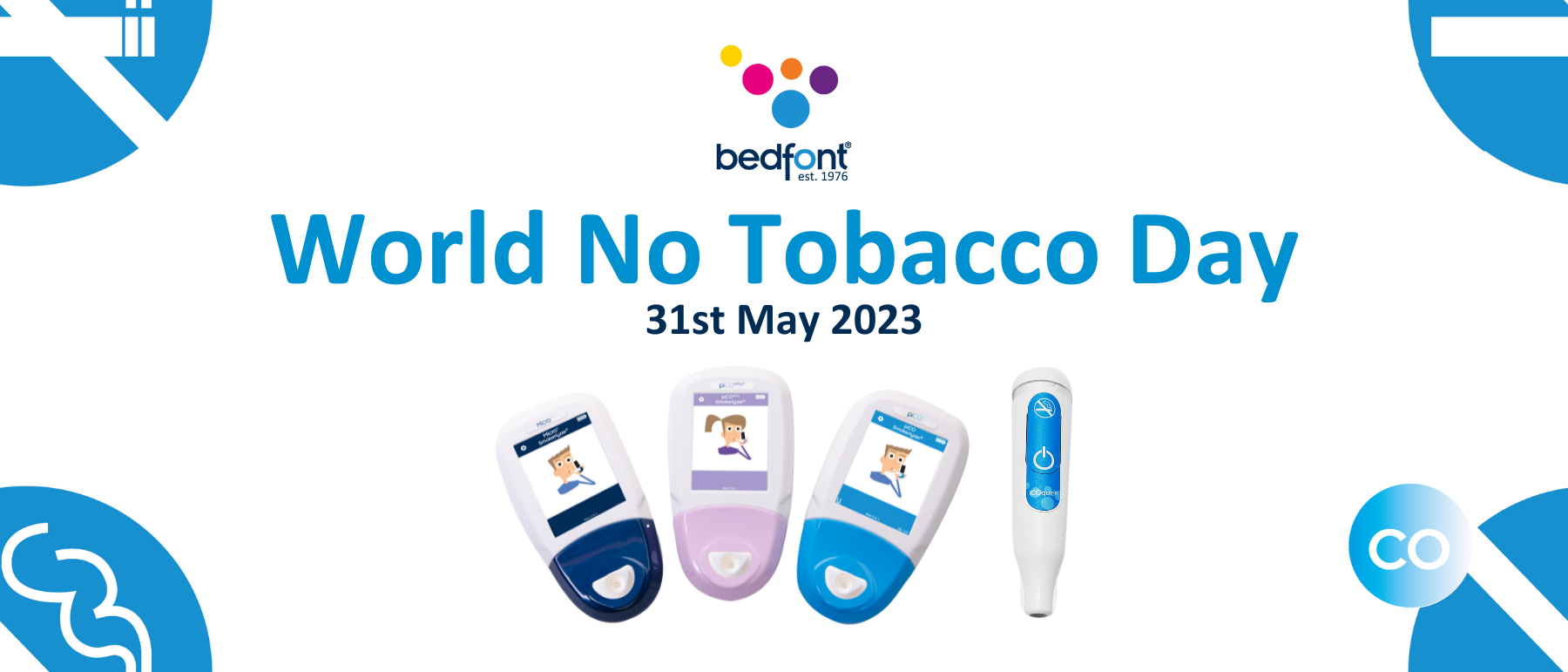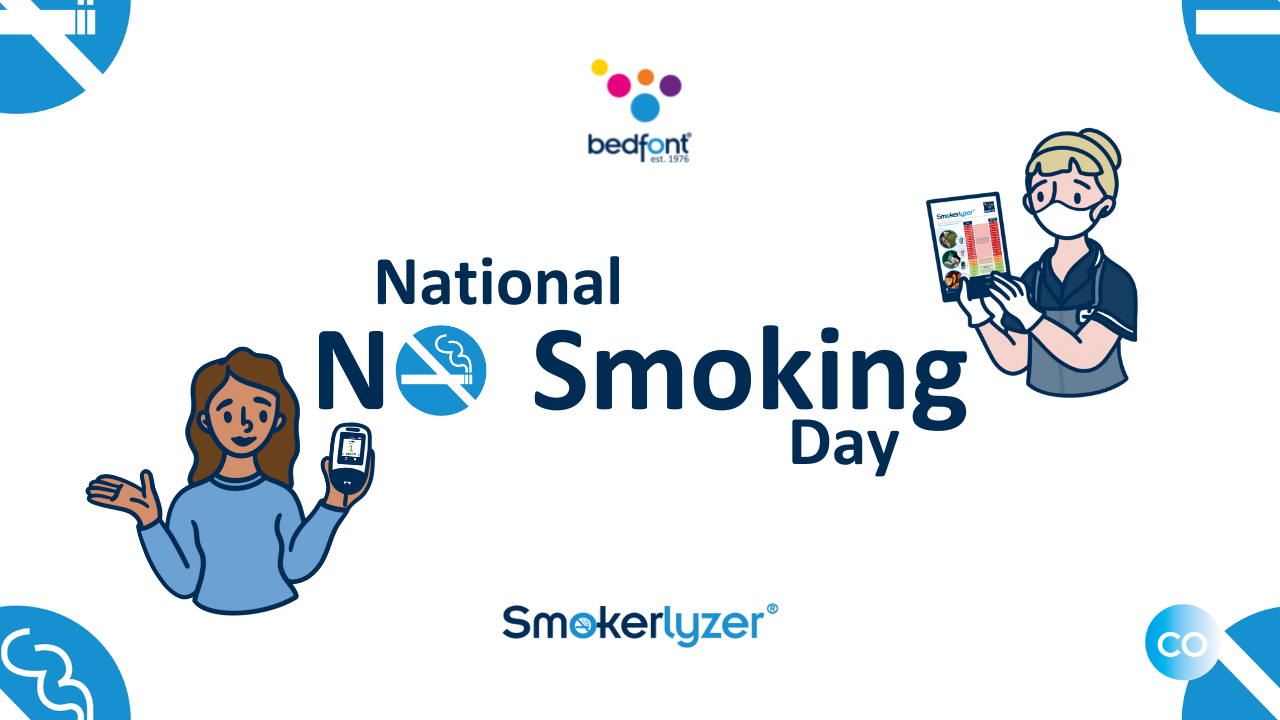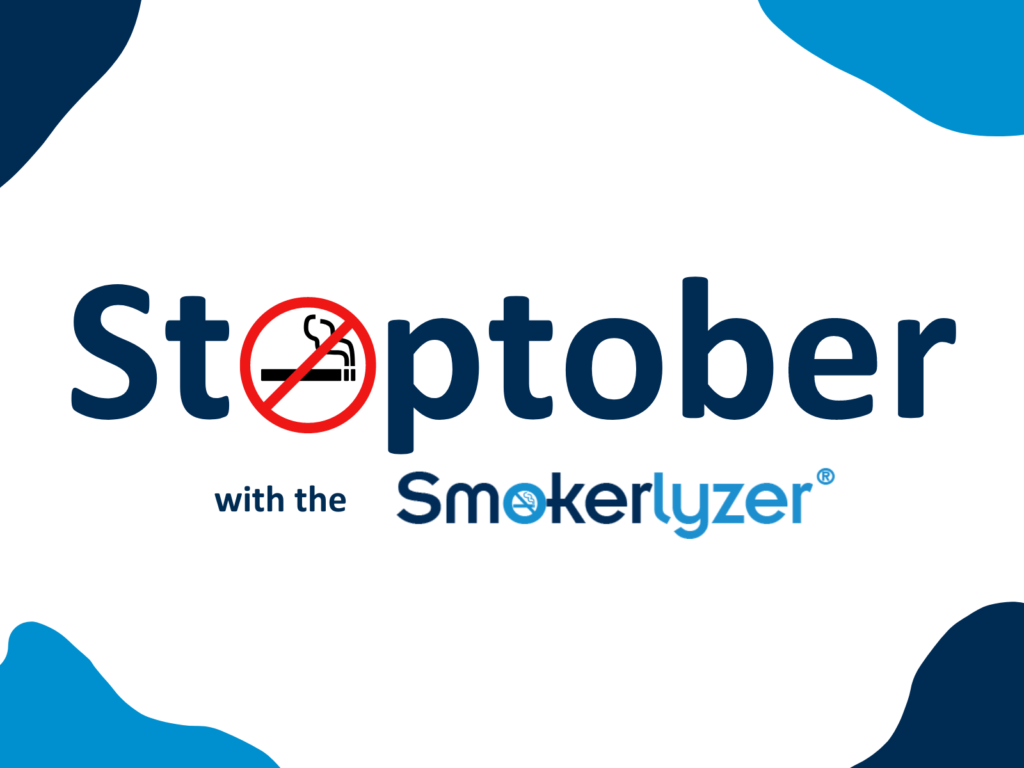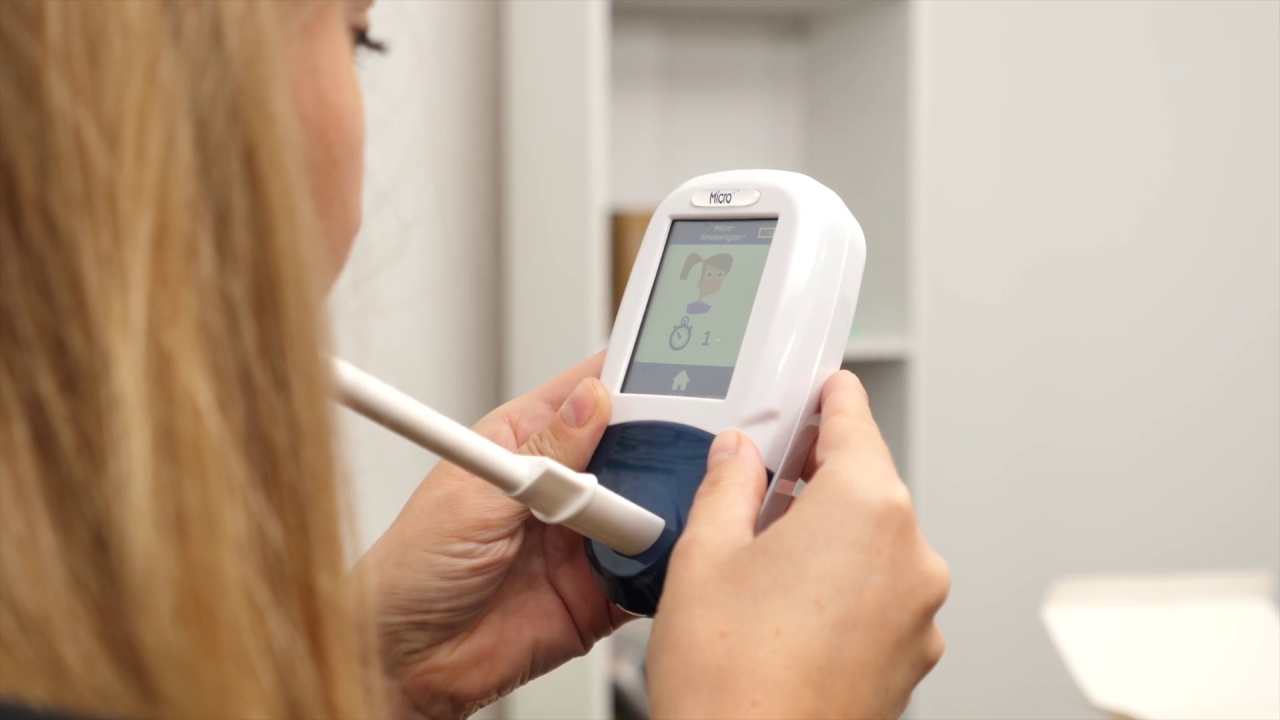World No Tobacco Day, established in 1987 by the World Health Organization (WHO), aims to raise global awareness about the tobacco epidemic and the preventable illnesses and deaths it causes. With the 2024 annual theme “Protecting children from tobacco industry interference,” Bedfont® hosted a discussion with Smokerlyzer® Medical Advisory Board members, Dr Amer Siddiq Amer Nordin and Dr Anne Yee, along with insights from Professor Christopher Bullen from the University of Auckland.

Dr Amer Siddiq Amer Nordin

Dr Anne Yee
The discussion covered some fascinating points, looking at where the world is currently with the efforts to reduce tobacco use, and the challenges being faced along the way. The conversation looked closely at New Zealand and Malaysia.
What is happening in New Zealand?
In New Zealand, there has been a considerable effort in research and policy-making to reduce the number of young smokers; this has resulted in a drop in smoking in young people to below 5%, which is the lowest it has ever been. Whilst this statistic should be celebrated, the challenge now being faced is the considerable increase in the number of young people taking up vaping, with the majority of these people having never smoked.
Chris goes on to say that “we shouldn’t be complacent with these numbers; things can change very quickly, and we could well see a surge in the uptake of smoking again in the future.” Although New Zealand is on top of the situation currently, things need to be monitored very closely to avoid an increase in smokers.
In New Zealand, just like the UK, the government brought in legislation that anyone born after January 1st 2009 cannot legally buy tobacco products. However, Professor Bullen comments that a new government was appointed in March this year, who swiftly revoked that legislation.
What is happening in Malaysia?
Sadly, smoking remains a significant public health issue in Malaysia. However, the National Health & Morbidity Report did show a decline in cigarette use in 13-17 years-olds, dropping from 13.8% in 2017 to 6.2% in 2022. Showing a massive decrease in smoking in this age group is positive, yet, the same report did show an increase in e-cigarette and vape use in the same age group, increasing from 9.8% in 2017 to 14.9% in 2022. However, 10.8% of adolescent males were still smoking cigarettes in 2022 compared to 1.7% of adolescent females1; it seems that smoking is still a global issue.
Should we be concerned?
Tobacco companies are always looking for ways to increase smoking; if they are not successful, they are looking to push other products into the market, particularly in countries where the regulatory environment is weak. Dr Anne Yee comments that in Malaysia, vapes are being sold and positioned with snacks and sweets, making smoking and vaping seem more acceptable.
What is being done to reduce the number of people smoking?
In Malaysia, they introduced the Control of Tobacco Products Regulations under the Food Act of 1983 in 2004. These regulations included:
- Advertising bans
- Graphic health warnings
- Restriction on sales to minors.
The Control of Smoking Products for Public Health Act 2024 has been published but is not yet operational in Malaysia, meaning sales of nicotine vapes are still available to minors. Dr Anne Yee fears Malaysia is falling behind in regulating vaping and innovative tobacco products and tobacco companies are seeing this as their way in.
Malaysia has implemented several measures to reduce smoking, such as:
- Tak Nak, the anti-smoking campaign: The campaign was started to create awareness to encourage people to quit smoking and also discourage non-smokers from starting.
- Introducing an anti-smoking program in the school curriculum: The program aims to educate and prevent young people from taking up smoking.
- Quit Smoking Clinics: Set up across the country to offer counselling and nicotine replacement therapy.
Is branding an issue?
With some brands believed to be healthier than others branding is an issue. Like the UK, New Zealand introduced plain packaging and health warning labels on cigarette boxes, whereas Malaysia hasn’t been successful with this just yet.
What can we do to assist young people who want to quit smoking?
Unfortunately, there is not much evidence on which methods are best for adolescents to give up smoking, but in New Zealand, it has been suggested that text messaging has helped this age group. It is also thought that driving the price of tobacco up will discourage younger people to start smoking as they cannot afford it.
With everything discussed, it can be quite daunting when considering all the challenges faced in trying to reduce tobacco use. Nevertheless, we should celebrate how far the world has come in reducing smoking globally, and whilst vaping is rapidly increasing, smoking combustible tobacco is currently considered more dangerous. The world should continue efforts, hoping for a healthier population and a smoke-free future.
To watch the discussion in full visit our YouTube channel https://www.youtube.com/watchv=NeWDIAb9JGM&t=15s
1. NHMS Survey: Among Malaysian Teens, Smoking Rate Falls But Vaping Prevalence Rises To 15%.
CodeBlue. May 2023. [cited on 30/05/24]
Available from:
https://codeblue.galencentre.org/2023/05/25/nhms-survey-among-malaysian-teens-smoking-rate-
falls-but-vaping-prevalence-rises-to-15pc/#:~:text=The%20NHMS%20survey%20shows%20that,per
%20cent%20of%20adolescent%20females.
: The campaign was started to create awareness toencourage people to quit smoking and also discourage non-smokers from starting. Introducing an anti-smoking program in the school curriculum: The program aims toeducate and prevent young people from taking up smoking. Quit Smoking Clinics: Set up across the country to offer counselling and nicotinereplacement therapy.

